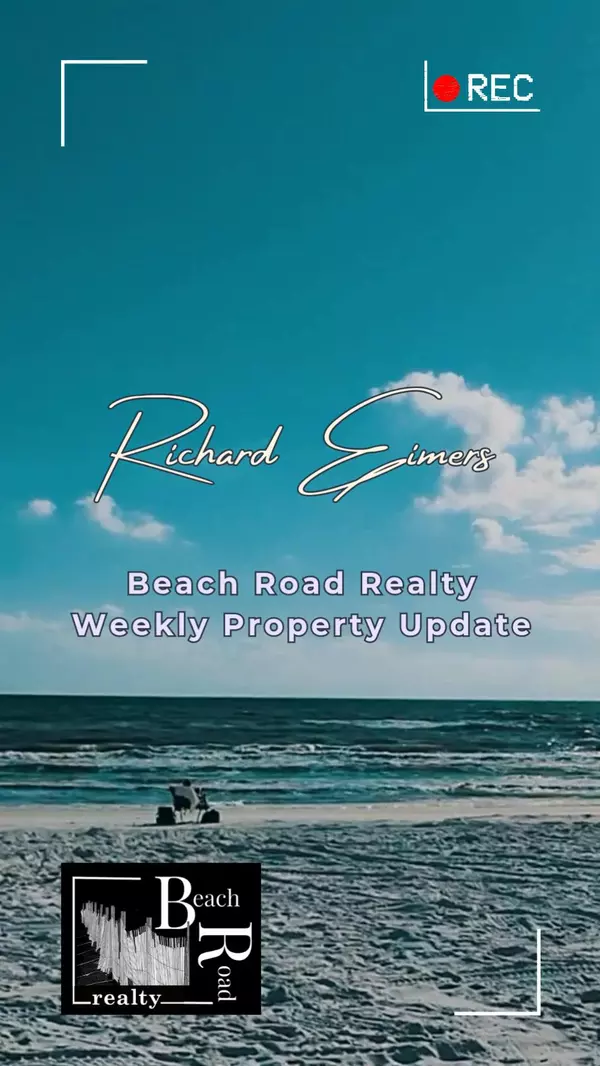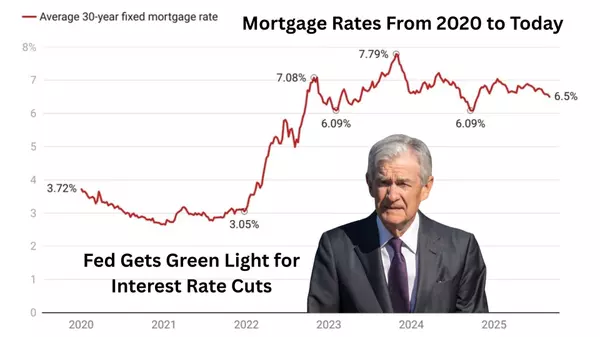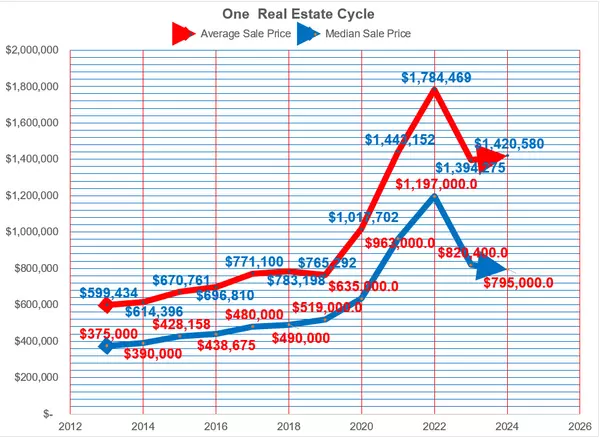How to Use Virtual Tours to Attract Buyers

How to Use Virtual Tours to Attract Buyers
Virtual tours have revolutionized the real estate industry, offering a dynamic way to showcase properties and engage potential buyers. By leveraging this innovative technology, you can attract a broader audience, save time, and provide an immersive experience that traditional methods can’t match. Here’s how you can effectively use virtual tours to capture buyers' attention and close deals.
1. Understand the Benefits of Virtual Tours
Before diving into the details, it’s essential to recognize why virtual tours are a valuable tool:
- Accessibility: Buyers can view properties from anywhere, eliminating geographical barriers.
- Convenience: Prospective buyers can explore homes at their own pace and schedule.
- Engagement: Interactive tours create a more engaging experience than static photos.
- Time-Saving: Reduces the need for multiple in-person showings by prequalifying interested buyers.
- Competitive Edge: Properties with virtual tours often stand out in a crowded market.
2. Choose the Right Technology
Investing in high-quality virtual tour technology is crucial to creating a polished and professional experience. Options include:
- 360-Degree Virtual Tours: Platforms like Matterport or Zillow 3D Home offer immersive, walk-through experiences.
- Video Tours: High-quality video tours can showcase the property’s best features in a narrative format.
- Augmented Reality (AR): Advanced tools allow buyers to visualize furniture placement and decor changes.
Ensure the technology you choose is user-friendly, mobile-compatible, and easy to share.
3. Highlight Key Features
When creating a virtual tour, focus on the property’s standout features:
- Curb Appeal: Begin with an exterior view to create a strong first impression.
- Living Spaces: Highlight open layouts, unique architectural details, or upgraded features.
- Kitchens and Bathrooms: Showcase modern appliances, countertops, and fixtures.
- Outdoor Areas: Include patios, gardens, and pool areas, emphasizing their appeal.
- Unique Selling Points: Whether it’s a home office, energy-efficient upgrades, or smart home technology, ensure these elements are front and center.
4. Optimize for Quality
The quality of your virtual tour reflects directly on your listing. To ensure a professional presentation:
- Use High-Resolution Images: Blurry or grainy visuals can deter potential buyers.
- Invest in Proper Lighting: Bright and evenly lit spaces look more appealing.
- Capture Multiple Angles: Provide a comprehensive view of each room.
- Edit Thoughtfully: Use editing software to refine the tour without misrepresenting the property.
5. Market Your Virtual Tour Effectively
A great virtual tour is only effective if buyers know it exists. Promote your tour through:
- Listing Websites: Upload the tour to major platforms like Zillow, Realtor.com, and your MLS.
- Social Media: Share snippets or a full tour on platforms like Instagram, Facebook, and TikTok.
- Email Campaigns: Include a link to the tour in your newsletters or property updates.
- Your Website: Host the tour on your personal or agency website for easy access.
- QR Codes: Use QR codes on flyers, postcards, and signage to link directly to the virtual tour.
6. Engage with Potential Buyers
Virtual tours can open the door to meaningful buyer interactions. To maximize engagement:
- Offer Guided Virtual Tours: Host live walkthroughs via platforms like Zoom, allowing buyers to ask questions in real-time.
- Encourage Feedback: Invite viewers to share their thoughts or concerns after exploring the tour.
- Follow Up: Reach out to interested buyers to schedule in-person showings or provide additional information.
7. Address Buyer Concerns
While virtual tours are highly effective, some buyers may have reservations. Address these concerns by:
- Providing Accurate Information: Ensure the virtual tour reflects the property’s true condition and layout.
- Offering Floor Plans: Supplement the tour with detailed floor plans for added context.
- Being Transparent: Be upfront about any limitations of the virtual tour and encourage in-person visits for serious buyers.
8. Measure Your Success
Track the performance of your virtual tours to refine your strategy. Key metrics include:
- View Count: How many people are accessing your tour?
- Engagement Time: Are viewers spending significant time exploring the property?
- Lead Generation: Are the tours driving inquiries or scheduled showings?
Use this data to identify what’s working and adjust your approach as needed.
Conclusion
Virtual tours are a powerful tool for attracting buyers and showcasing properties in an innovative way. By investing in high-quality technology, focusing on key features, and marketing your tours effectively, you can stand out in the real estate market and connect with a broader audience. Whether you’re selling a modest starter home or a luxury estate, virtual tours can make a lasting impression and drive results.
Recent Posts










